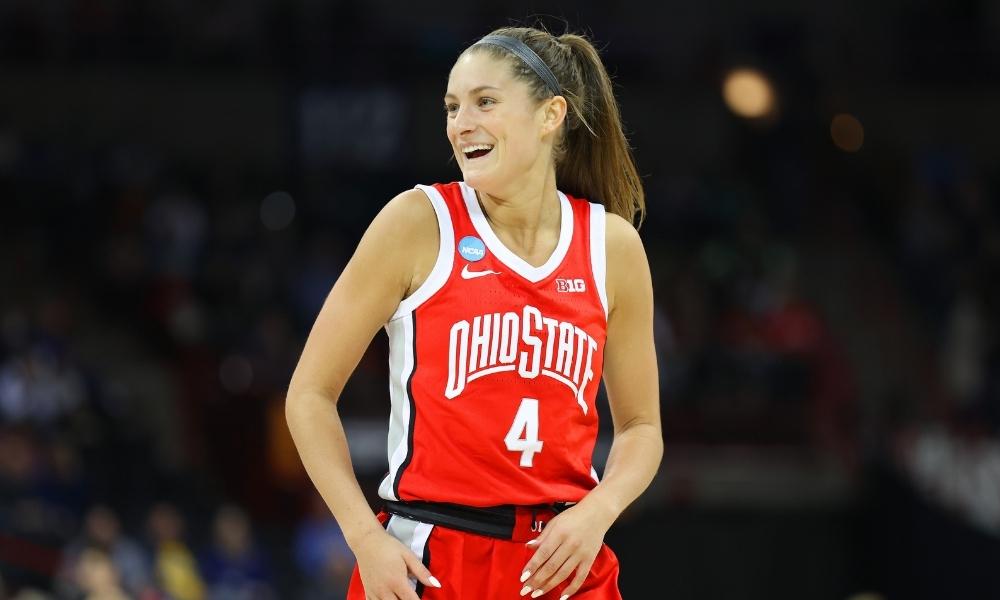Regardless of whether your enthusiasm for horse racing is because of the gambling aspects or basically an affection for the game, it’s conceivable that you may find the various kinds of races a little confusing. In the US, races are ordered dependent on a scope of models, with the end goal of ensuring that comparable horses compete against one another. It’s an awesome plan to see about the various kinds and how races are arranged, and horse racing industry expert Adam Bjorn offers details about the different classifications assigned to thoroughbred races.
Graded stakes races are the highest caliber of competition to occur in the US. There are three separate levels – Grade I, Grade II and Grade III. Grade I is the most elevated arrangement and races in this classification incorporate the three that make up the US Triple Crown (the Kentucky Derby, The Preakness Stakes and the Belmont Stakes). Stakes races that are not considered sufficiently high quality to be graded are known as listed stakes.
The evaluation applied to stakes races in the US is controlled by the American Graded Stakes Committee, part of the Thoroughbred Owners and Breeders Association. It meets every year to assess races and choose which ones are qualified and how they ought to be evaluated. Many will keep a similar characterization; however, there are times when changes should be made.
Choices on qualification are made dependent on various elements, including the size of the purse, how long a race has been held for and the passage necessities. Races of this sort can be “weight for age” or “set weights.” Weight for age implies that the weight the horses need to carry is controlled by their age, while set weight implies they all carry a similar weight.
They can likewise be conditions races, where the weight is set by different conditions, for example, the number of past successes, or impairments, where horses are allocated a load by an official handicapper trying to make as level a competitive field as could reasonably be expected.
For instance a pony that has various ongoing successes may have all the earmarks of being a decent pick; however, if it has won just Grade II’s and is currently contending in a Grade I race, then past outcomes are not really a solid marker of how it will perform at the high level. By a similar token, a horse that has poor finishes lately as a Grade II horse could be a better option if dropped down to Grade III level.
Right under Grade III stakes, as far as quality, are allowance races. In wide terms, these are for horses that are either not sufficient or not prepared for graded stakes. Again, there will be set conditions with respect to the weight that the horses must carry.
Like graded stakes, these can likewise be additionally grouped dependent on their quality. The classifications include N1X, N2X, N3X and N4X, each with increasingly stricter controls relating to the number of races won. N1X is the least restrictive of the four classifications.
Claiming races represent over half of all thoroughbred races occurring in the US, and are used to purchase and sell the animals. Owners place a cost on any horses they have running before the race begins, and prospective purchasers submit a claim for any horse they wish to buy. Notwithstanding the outcome of the race, the potential buyer should then continue with the purchase, while the owner gets to keep any prize money won.
Every race classification serves a purpose and helps spectators to better understand how horses might perform in a given competition. They also help to provide a basis for the value of the animals, which can be used to establish a legacy for the lineage, especially in the case of highly productive winners.






